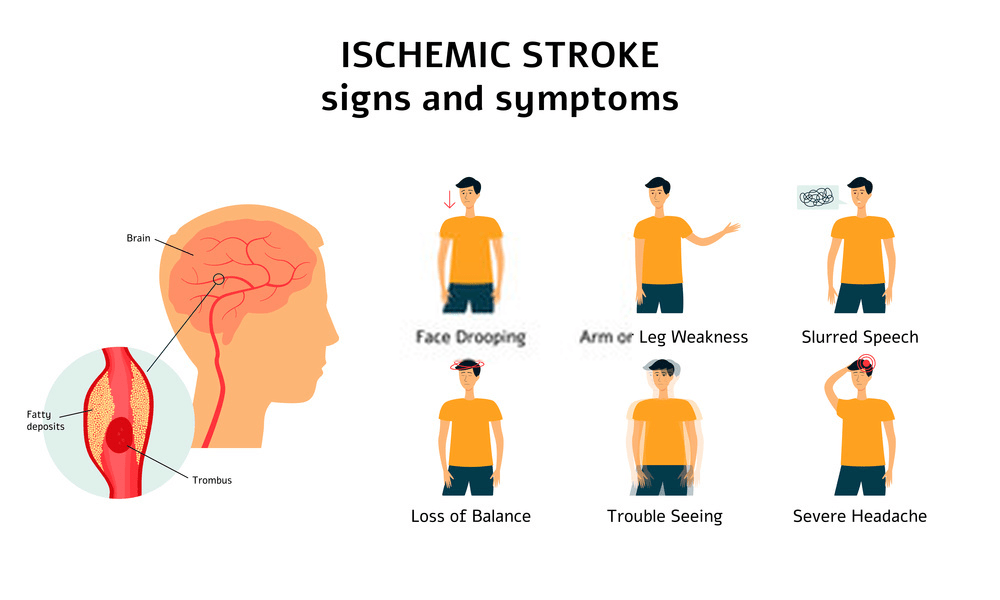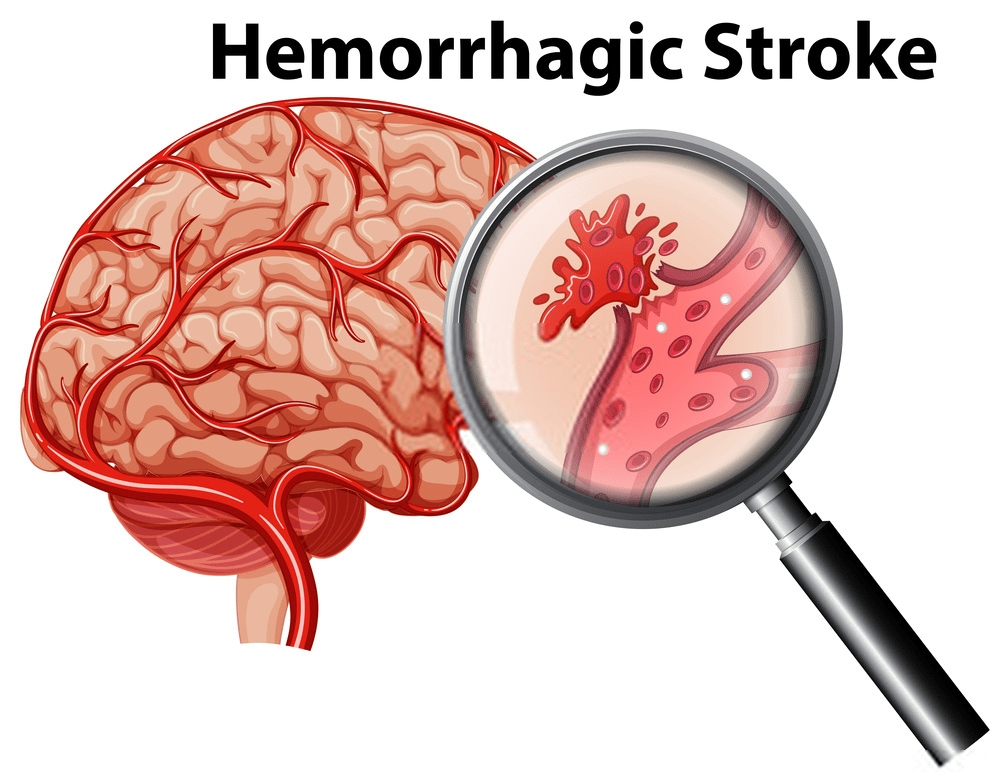Signs of a stroke in women can be complex and differ significantly from traditional stroke symptoms, making early detection crucial for preventing long-term neurological damage. Women often experience more subtle and atypical stroke indicators that can include sudden severe headaches, unexplained fatigue, generalized weakness, nausea, and cognitive changes like confusion. While classic stroke symptoms such as one-sided body numbness and speech difficulties remain important, women may present with less obvious manifestations that demand immediate medical attention.
A reliable source from the Centers for Disease Control and Prevention (CDC) predicts that one of the five American women will have a stroke, and almost 60% will die from the effects of the attack. Stroke is the third foremost cause of death among American women. There are many reasons why women are more likely to suffer a stroke: women live longer than men, and age is another critical risk factor for stroke. You are more likely to have high blood pressure. Pregnancy and contraception increase the risk of stroke in women.
The more you know about the symptoms of a stroke in women, the better you can get help. Timely treatment can make the difference between disability and recovery.
Basic Signs of a Stroke in Women
Women may report symptoms that are often not associated with a stroke in men. It can:
- Nausea or vomiting.
- Convinced
- Hiccup
- Difficulty breathing
- Hurt
- Weakening or loss of consciousness
- General weakness
Since these symptoms occur only in women, it can be difficult to relate them to a stroke immediately. This can delay treatment and make a recovery difficult.
If you are a woman and you are not sure of a stroke, you should call local emergency services. When paramedics are present, they can control their symptoms and begin treatment if necessary.
Symptoms of a Modified Condition
Strange behaviors, such as sudden sleep, can also indicate a stroke. Doctors call these symptoms “impaired mental states Reliable resources.”
These Symptoms Include
- Lack of response
- Disorientation
- Confusion
- Sudden change in behavior
- Movement
Researchers in a 2009 study found that changes in mental status were the most common non-traditional symptoms. Almost 23% of women and 15% of men say their mental state has changed due to a stroke. Although both women and men may be interested, women are roughly 1.5 times more likely to have at least one symptom of a non-traditional stroke.
Common Signs of a Stroke in Women
Both men and women experience many signs of a stroke. Stroke is often characterized by the inability to speak or understand language, tense expression, and confusion.
The most obvious signs of a stroke in Women are:
- Immediate vision difficulties in one or both eyes.
- Sudden numbness or weakness of the face and extremities most likely on one side of the body
- Fast language or comprehension problems related to confusion
- Sudden severe pain with no known cause
- Significant dizziness, trouble walking or loss of balance or coordination
Research has shown that women often improve when they correctly recognize the signs of a stroke. A 2003 study found that 90% of women, compared to 85% of men, were aware that speech problems or sudden confusion were signs of a stroke.
The study also found that most women and men did not mention all symptoms without knowing when to call 911. Only 17% of all participants participated in the survey.
What to Do in Case of Stroke
The National Stroke Association recommends a simple method to identify the symptoms of a stroke. If you think you or someone know may have a stroke, act SHOW.
Every minute is a success. The longer you wait to call local emergency services, the more likely it is that a stroke will cause brain damage or disability.
Even if your first reaction is to go to the hospital, you must remain where you are. Call local emergency services as soon as you notice the symptoms and wait for them to appear. They can provide medical assistance immediately when you leave the ambulance.
Upon arrival at the hospital, a doctor will review the symptoms and medical history. They will perform a physical exam and other diagnostic tests before making a diagnosis.
Treatment Options for Stroke
Processing options depend on the kind of stroke.
Ischemic Stroke
If the stroke is ischemic, which is the most common, it means that a blood clot is blocking blood flow to the brain. Your doctor will provide a tissue plasminogen activator (TPA) to remove the clot.
This medication should be administered within 3-4 hours of the onset of the first symptom, according to guidelines recently updated by the American Heart Association (AHA) and the American Stroke Association (ASA). If you do not take TPA, your doctor will give you an anticoagulant or another anticoagulant to prevent platelet formation.

Other employment options include medicine or other invasive methods that destroy the blood clot or unlock the artery. According to updated guidelines, mechanical clot removal can be performed up to 24 hours after the first symptoms of a stroke. Automatic blood clot removal is also known as mechanical thrombectomy.
Hemorrhagic Stroke
Hemorrhagic stroke occurs when an artery in the brain is teary or bleeding. Doctors use this type of stroke differently than an ischemic stroke.

The therapeutic strategy is based on the underlying principles of the stroke:
- An aneurysm. Your doctor may recommend surgery to prevent blood flow to the aneurysm.
- High blood pressure your doctor will prescribe medications to lower blood pressure and relieve bleeding.
- Broken arteries and broken arteries your doctor may recommend repairing an arteriovenous malformation (AVM) to prevent further bleeding.
Treatment for Signs of a Stroke in Women vs. Men
Research has shown that women receive less horrible emergency treatment than men. Researchers from a 2010 study, Trusted Sources, found that women generally wait longer to receive treatment after arriving in the emergency room.
After hospitalization, women with less therapeutic intensity and treatment can be treated. It is believed to be caused by non-traditional symptoms that occur in some women, and that may delay the diagnosis of stroke.

